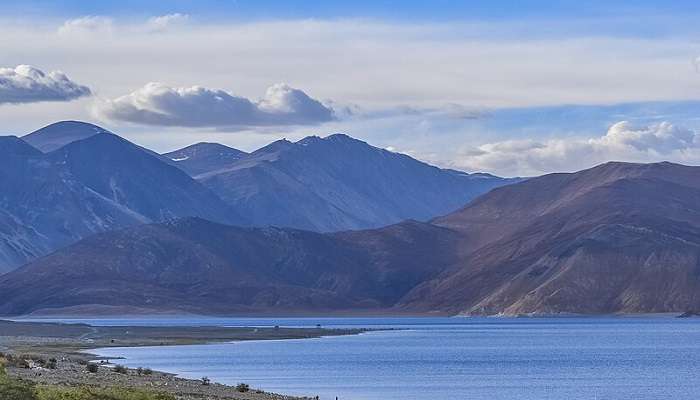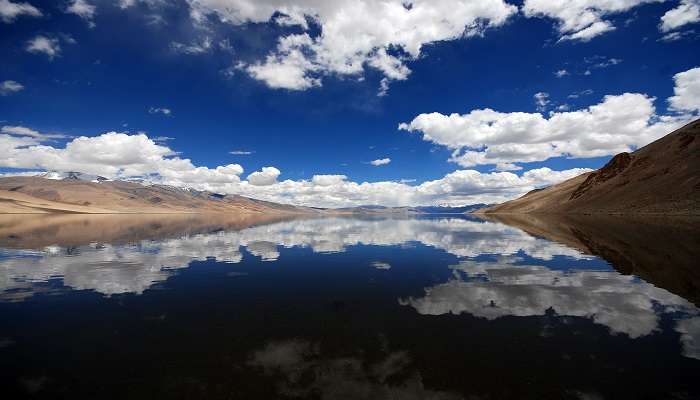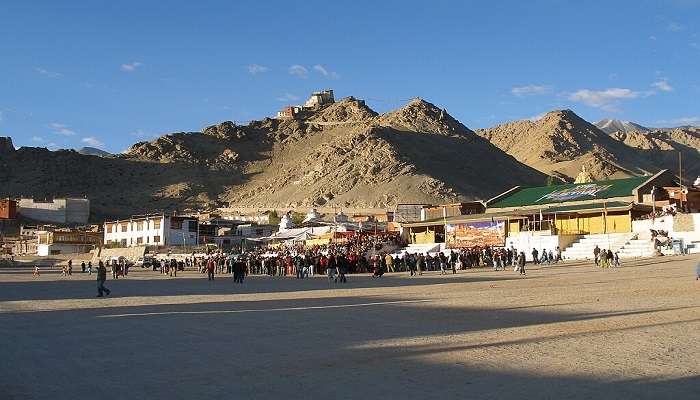Zanskar Valley Trek 2026: A 10-Day Adventure For All Trekking Enthusiasts1
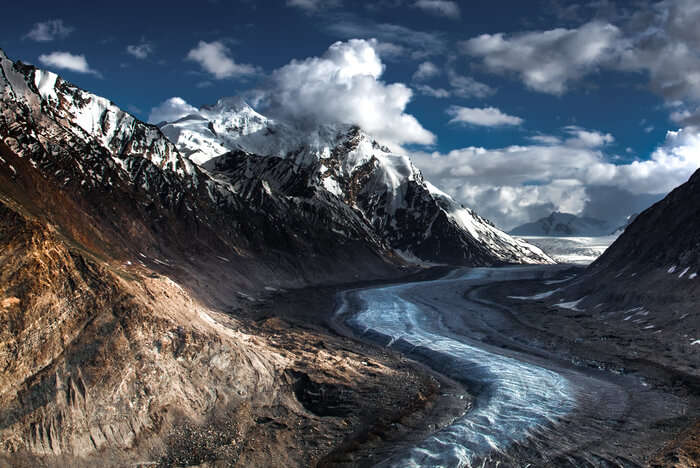
They say that after you have trekked across the entire stretch of Leh Ladakh you’d find yourself closest to nature. You bet! The Zanskar Valley trek in the heart of Ladakh reckons the fact that legends never lie. Zanskar, which is the land of moonscapes and threatening paths, charms the best of wanderers, invite them with enthralling sights and enchanting landscapes, and turns them into a pro traveler for life.
With numerous mountain ranges, passes, valleys and rugged terrains, Zanskar houses some of the world’s most daunting trails, which take anything from 3 to 20 days to cover. Be it the high passes to the north of Lamayuru or Vale of Kashmir in the west or Lahaul valley in the south, Zanskar has all the elements that entice the explorers into the Lost Valley!
Facts About Trekking In Zanskar

Also known as the subdistrict of Kargil, Zanskar glorifies the Himalayan region with the panoramic view of the Trans-Himalayan region. Zanskar is a traveler’s ultimate destination that boasts of nature’s surrealness and formidability, extracts the best out of a traveler, and leaves him/her with an enchanting memory of a lifetime.
But walking across the unforgiving passes and traversing the difficult alleys at 7756 meters above sea level doesn’t come easy. One has to be physically and mentally sound to scale the passes and valleys of the region.
Must Read: Adventure Trip To Ladakh: Bike Lovers Ride Around Scenic Ladakh On Two Wheels
Popular Circuits In The Zanskar Valley
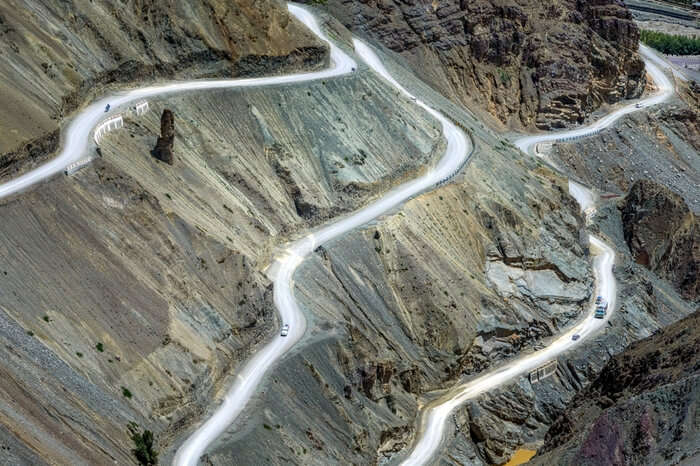
- Padum to Pidmo: This circuit runs along the Zanskar river and through some of the plain areas. Ample homestay options can be found on this route.
- Lugnak trail: It runs along the eastern banks of the Tsarap river. In comparison to the previous one, Lugnak trail runs along the rocky gorges and age-old routes between Zanskar and Lahaul valley in Himachal.
- Zanskar to Sham: It is another 4-5 day trek that is moderate in nature. On this route, stays are available at Karsha, Zangla, Pidmo, and Pishu.
- Padum to Darcha: One of the most daunting treks in the valley, it runs through the heart of Zanskar Valley to finally reach Lahaul Valley in Himachal. Time taken to complete this trek is mostly 9-10 days.
- Zanskar Chadar trek: Another favorite of nomads who endure the freezing conditions of Ladakh and walk the frozen Zanskar river. The good news is that the Zanskar Chadar trek has already been covered for you.
Suggested Read: 12 Astounding Spots For Trekking In Ladakh That Need To Be On Every Hiker’s Bucket List
Ideal Season To Pull Off The Zanskar Valley Trek
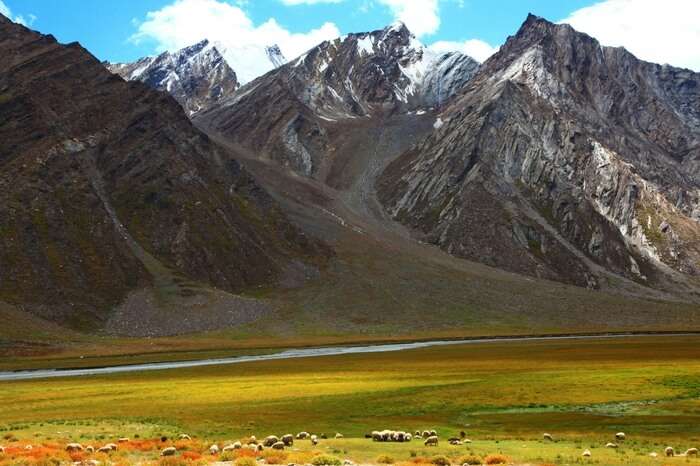
As the roads leading to the region are closed for almost 7 months a year, travelers find Mid-May to Mid-October as the best span to venture the valley without taking the battering of extreme weather.
Having said everything, here is a peep into the Padum to Darcha trek, the moderate yet challenging trail in the Zanskar Valley.
Padum To Darcha Trek – Overview

Duration of the trek: 10 days
Level: Moderate, but still requires a lot of experience
Ideal time: June to September
The Padum to Darcha trek runs from Lugnak valley in Zanskar to Lahaul in Himachal. The trek runs across the enchanting landscapes, imposing passes, overlooking peaks, secluded monasteries, numerous campsites, and villages and finally ends at the lush greenery of Lahaul valley.
Get prepared for an amazing roller coaster ride as the route starts from 10,827 feet and goes up to 16,568 feet in a span of 3 days. You, therefore, need to be careful, because acute mountain sickness and headaches haunt those travelers frequently who don’t acclimate themselves properly.
During the course of the trek the enchanting sight of yaks grazing the pastures, and valleys brimming with wildflowers will enthrall you and pump you up for the next 10 days of bliss in the Himalayas.
Padum To Darcha – Trek Route

(1) Padum – (2) Shilla – (3) Reru – (4) Changpa Tsetan – (5) Purne – (6) Phugtal – (7) Purne – (8) Kargyak – (9) Shingo La Base – (10) Ramjak – (11) Pal Lhamo – (12) Darcha
Chadar Trek Route Map
Note: Zoom in to locate the exact break-up of the route
Daywise Itinerary
Checkout the daywise itinerary of the Zanskar Valley Chadar Trek given below before leaving for your vacation. Keep scrolling down to know more!
- Day 1: Padum – Shilla Camp
- Day 2: Shilla Camp – Reru
- Day 3: Reru – Changpa Tsetan
- Day 4: Changpa Tsetan – Purne
- Day 5: Purne – Phugtal – Purne
- Day 6: Purne – Kargyak
- Day 7: Kargyak – Shingo La
- Day 8: Shingo La – Ramjak
- Day 9: Ramjak – Pal Lhamo
- Day 10: Pal Lhamo – Darcha
Day 1: Padum – Shilla Camp
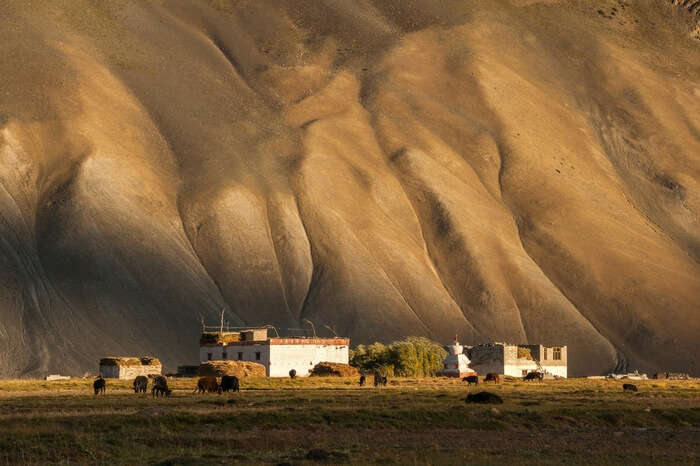
With multiple stay options, Padum (3669 meters) makes for the perfect place to begin your 10-day stint in the Zanskar Valley. As it is a big town and administrative center in Zanskar, it is quite easy to reach to the trek start point in Padum via road.
Once you get hold of the road along the Tsarap river, it’s a trek upstream. Reach Mani wall, a place full of grassland, and there you are – at your first campsite. Here, camp across the river-facing Shilla village and relax for the day.
Time taken to cover the route for the trek: 1.5 hours
Day 2: Shilla Camp – Reru

This route lies mostly on the easier side. As you head southeast, you will come across Bardhan gompa and prehistoric carvings on the stones that testify the fact that Zanskar was inhabited by ibex hunting nomads ages ago.
Trek for 2 hours along Tsarap river to reach Mune monastery. The pleasant sight of an amazing campsite won’t allow you to proceed further. Retire for the day.
Time taken to cover the route: 5 hours
Suggested Read: 7 Secrets Of Ladakh That Only The Hills Whisper
Day 3: Reru – Changpa Tsetan
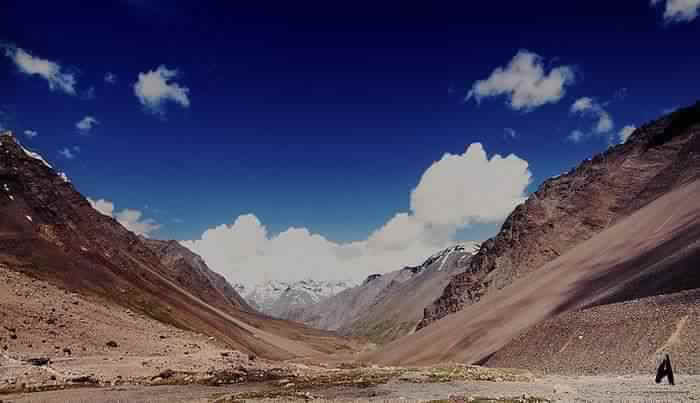
Head east and further southeast along the Tsarap river through the rocky landscape. Crossing streams will tone you down and present you with the sight of Ichar village on the other side. After crossing the bridge connecting it, you reach Pepula, where a grand campsite awaits you. Head to Changpa Tsetan, which is comparatively quieter and less dusty. You will find a couple of stay options there as well. Retire for the day.
Time taken to cover the route: 6-7 hours
Day 4: Changpa Tsetan – Purne
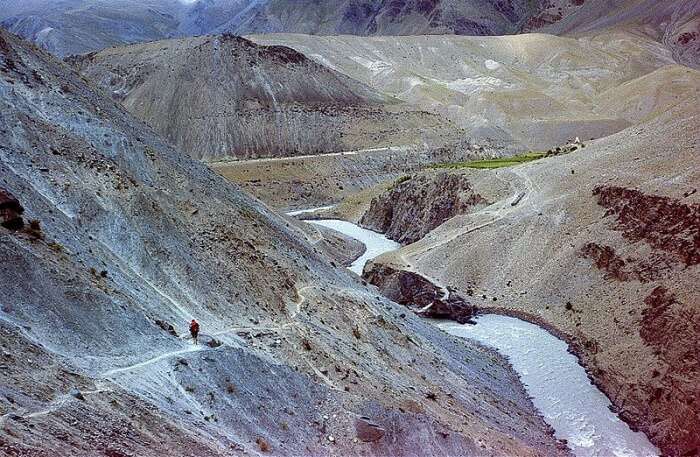
Crossing a few torrents and heading east takes you to Anmu village, which is on the other side of the Tsarap river. The villages of Surle, Kalbok, and Zantang are located en route. Trekking further along the course of the river takes you to the confluence of Kargyak and Tsarap, which is indeed a pleasant sight to behold.
Keep moving ahead till you reach the campsite near Purne village. Call it a day here. Next morning, start moving towards Phuktal monastery, and on the way, listen to the enchanting music of the waterfall beyond the campsite.
Time taken to cover the route: 4 hours
Day 5: Purne – Phugtal – Purne
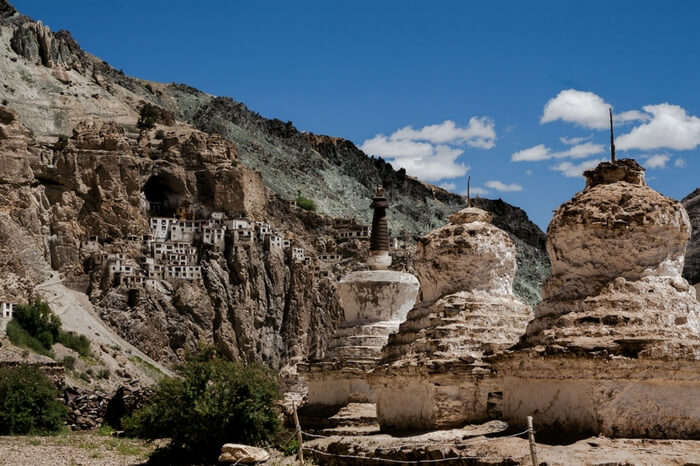
This trail includes a trek to Phugtal and back. The quaint monastery lies nestled in the cliff and is famous for its beehive-like appearance. Also known as ‘ the jewel of Zanskar’, the Phugtal monastery located in remote Lungnak Valley makes for a prime attraction in Zanskar and is highly recommended.
Soon after reaching the monastery you will be greeted with warm gestures of monks residing there. They offer food and arrange separate sleeping quarters at the monastery. Head back to Purne and retire for the day.
Time taken to cover the route: 4-5 hours
Day 6: Purne – Kargyak
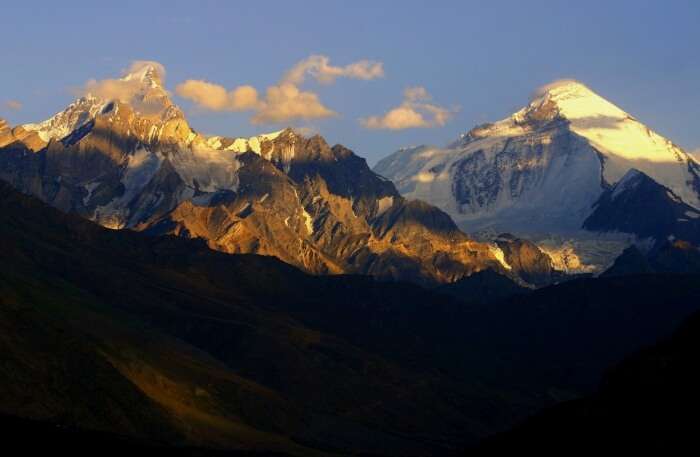
The day is going to be long, and easy, and includes an 8-hour trek too. Start and head southeast along the Kargyak river. Soon after you cross a bridge over the upslope trek begins and continues till you reach Yal village (3870 meters), en route you will trek past Testha, Kuru, and Tanse villages.
Kargyak lies four hours beyond Tanze. Kargyak Valley has a few settlements and open snowfields. A closer look reveals solar panels and prayer flags on several roofs. Good camping arrangements can be found at Sking Village, it’s a 45-minute trek from Sking to Kargyak (4050 meters). It also happens to be the highest permanent settlement in the Zanskar valley and you can also find a few good homestay options as well.
Time taken to cover the route: 8 hours
Day 7: Kargyak – Shingo La
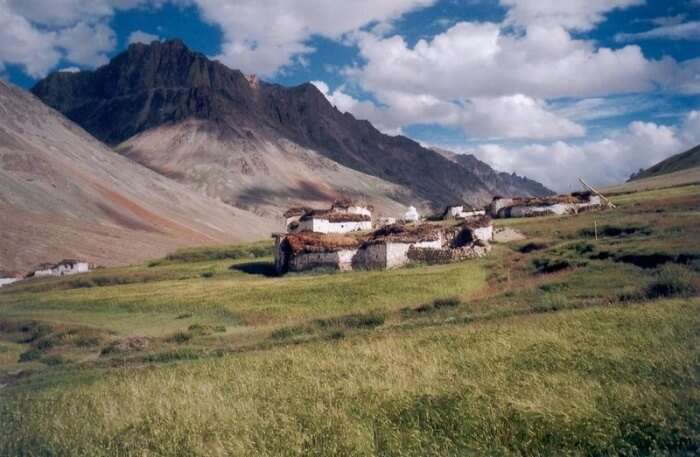
The journey from Kargyak to Shingo La needs you to walk along the Kargyak stream. Staying on the left and walking further for around 45 minutes brings you to Gombu Rangjom- a monolithic rock form. Cross the stream and find a glorious campsite waiting for you. Even better, Shingo La Base is a 1-hour trek from here.
Time taken to cover the route: 5 hours
Day 8: Shingo La – Ramjak
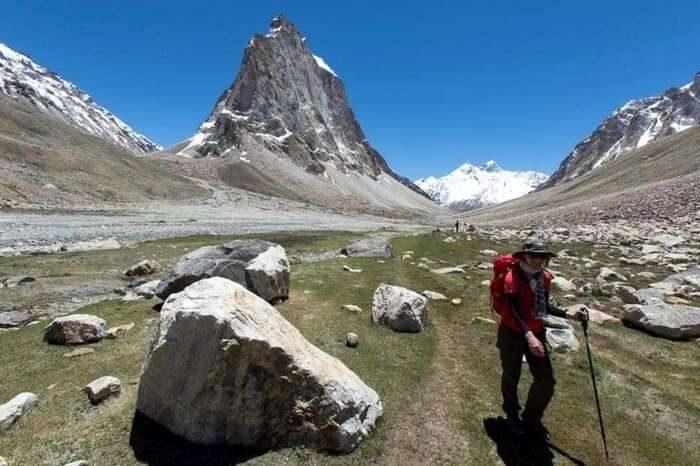
This stretch includes the highest point of the trek and zooms you to an altitude of 5050 meters. Clearly, Shingo La- Ramjak is the most testing stretch during the entire trek. While the view from the top is absolutely spellbinding, the winds might dampen your spirit. All you need to do is cover yourself properly from raw sun rays and brave the gusting wind. Crossing the snowfields doesn’t come easy here and that’s when the experience of porters comes in handy.
Crossing a few streams, and descending the steep rocky path, which takes as long as 2 – 2.5 hours, leads to Chumik and further 3-3.5 hours of walking leads you to Ramjak.
Time taken to cover the route: 7-8 hours
Suggested Read: Head To Ladakh In Winter For An Adventure Of A Lifetime
Day 9: Ramjak – Pal Lhamo
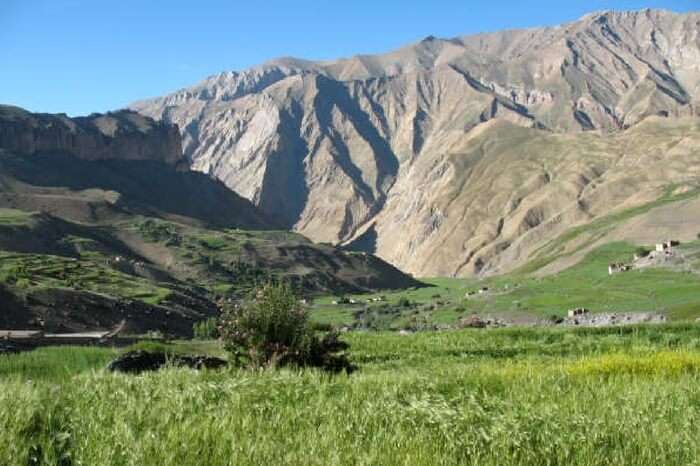
Ramjak to Pal Lhamo marks the entry into the Lahaul valley in Himachal. After crossing the bridge on Zanskar Sumdo (road to Darcha starts from here), head southwards. The stretch is entirely downhill and you have your task cut out for the day. Reach Pal Lhamo, your camping site for the day. The sight of Ramjak peak at 6318 meters is momentous.
Time taken to cover the route: 7 hours
Suggested Read: 51 Places To Visit In Leh Ladakh For A Spell Binding Vacation
Day 10: Pal Lhamo – Darcha
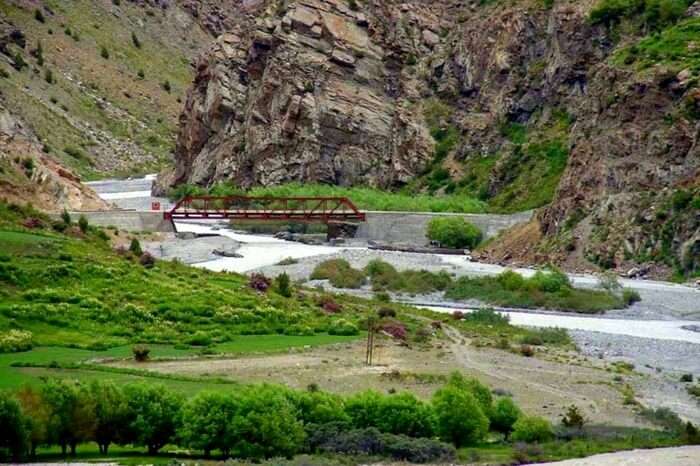
As you descend into the Lahaul Valley region, things get easier. With a lot of greenery around, the last leg of the 10-day long trek symbolizes a big relief. 3.5 km straight walk and you can walk down to a rest house/hotel.
Darcha at 3350 meters is a picturesque location in Lahaul Valley. Unwind and head to the taxi stand from where you get back to your respective destinations.
Time taken to cover the route: 3 hours
Stay During The Zanskar Valley Trek

Given the secluded nature of the valley, there’re not many homestay options available. Only a handful of houses come in the route of the Zanskar Valley trek. In most of the cases, the trekkers have to carry their own tents and make a pitstop at the designated campsites.
However, you need not worry about the tea and other refreshments. As you walk the course of the trek, you see tea stalls close to the village en route, where you can unwind and rejuvenate yourself for the onward journey.
How to reach Zanskar Valley?
By flight: Leh airport is well connected with major Indian cities. Further take a cab or bus to Zanskar Valley.
By bus: Weekly bus service runs from Leh in Ladakh to Padum in Zanskar. Kargil is 250 km from Zanskar which is quite accessible in the month of summer.
Things To Pack For The Zanskar Valley Trek

Tips For The Trek
Avoid:
-
- Denim or jeans
- Sports shoes
- Sweaters
- Snacks, colas, alcohol, or personal food. Just don’t overburden yourself with food
- Don’t carry disposable plastic bottles or plastic wrapped/packaged items
Things to keep in mind:
- Try to keep your luggage weight in the range of 8-10 kg, or lighter, unwanted luggage will only make your path more challenging
- Learn “penguin walk” style from the porters and guide! This way of walking requires dragging the foot without much lifting. A must know while you are walking the track covered in snow
- Sunglasses are mandatory for the trek as they prevent snow blindness
- Acclimatization is a must for all the trekkers
- Though sunscreen helps prevent sunburns, try to stay covered as much as you could
- While packing, use plastic bags to compartmentalize things and carry few extra plastic bags for wet clothes
Further Read: 40 Best Things To Do In Ladakh That You Can’t Afford To Miss
An experience as Zanskar Valley trek is mesmerizing in itself. It presents you with plenty of memories and turns you into a storyteller for life. Plan it to calibrate your extreme limit!So, when you are planning a trip to Ladakh next time around, try walking this trail made up of rock and rubbles.
People Also Read:
Malana Trek Mullayanagiri Trek Triund Trek
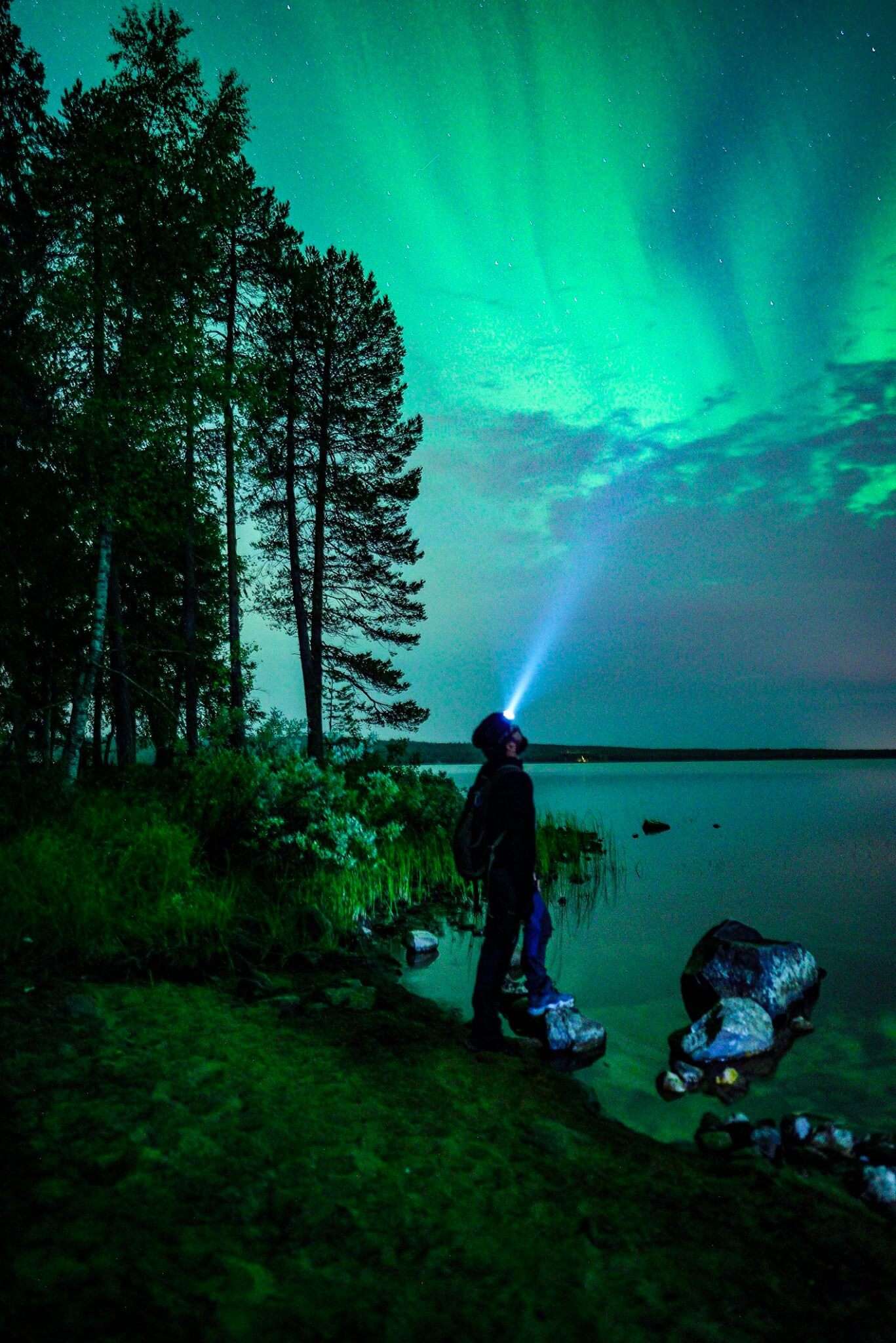
A perpetual nature seeker, Amit is on a mission to explore the best of planet Earth. Much famed as the Whistling Hound, Amit’s is currently based out of Wroclaw in Poland, and is experiencing the best of his life in Eastern Europe and Scandinavia.



